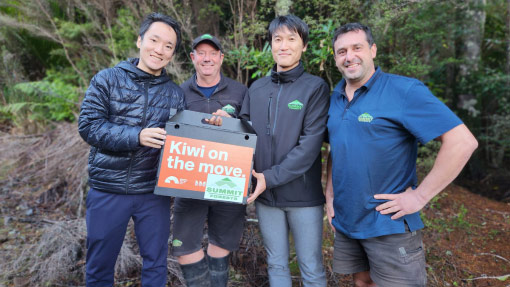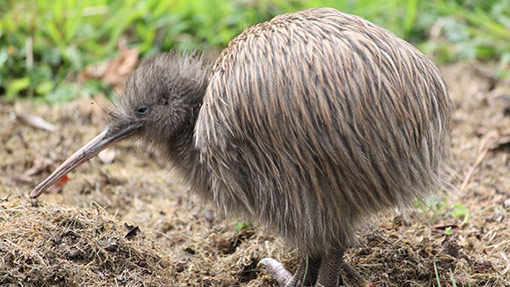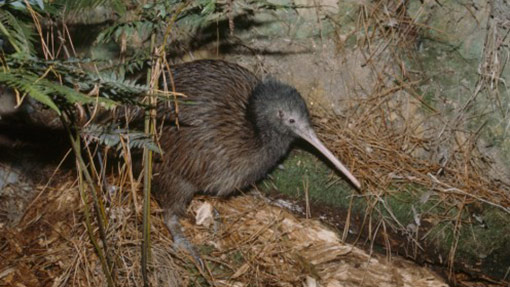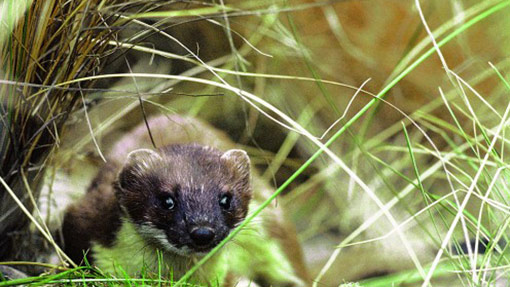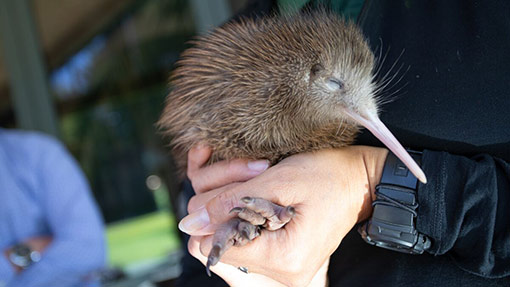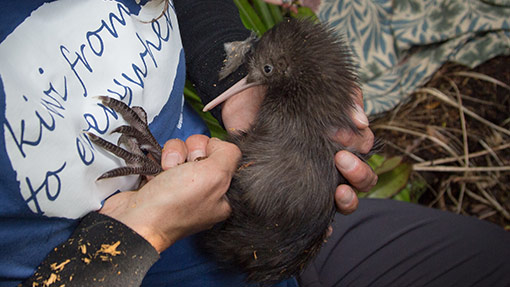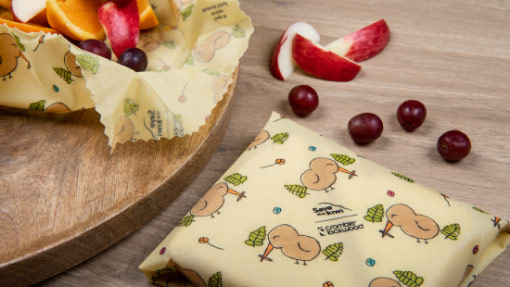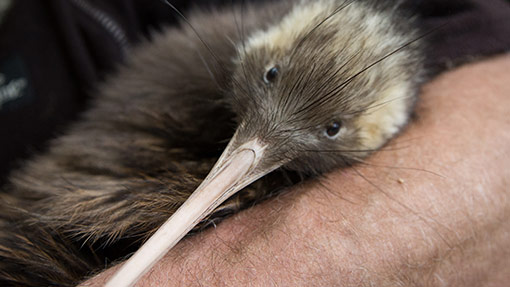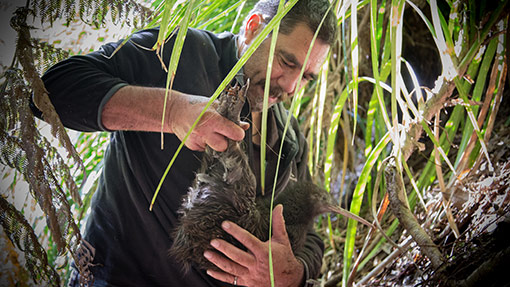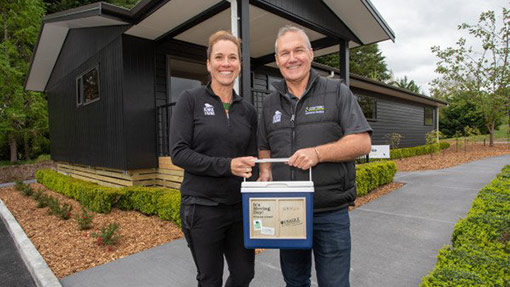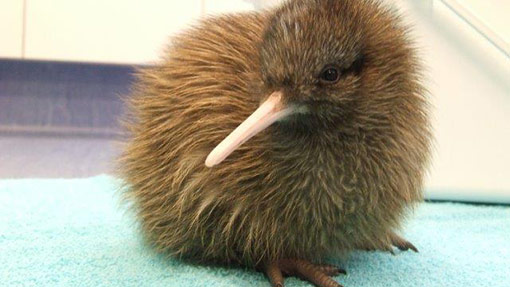Kiwi can only thrive in native forest, right? Wrong. In fact, New Zealand plantation pine forest is becoming increasingly valued as a viable option for growing and expanding kiwi populations to help reverse the population decline of Aotearoa’s national bird.
In May 2023, Project Kiwi and Summit Forests released the 100th kiwi into Whangapoua Forest on the Coromandel Peninsula as part of their incredible campaign to reverse the population decline of Aotearoa’s national bird.
A plantation forest owned by Summit Forests NZ (formerly owned by Ernslaw One) and a member of the Forestry Owners’ Association, Whangapoua Forest is a site where ground-based predator control is carried out to help keep kiwi safe. It’s here that Project Kiwi releases juvenile kiwi hatched and reared to a ‘stoat-proof’ weight, giving them a hugely increased chance of survival for when they inevitably encounter a stoat.
Save the Kiwi Coromandel brown kiwi coordinator and Project Kiwi project manager Paula Williams says Summit is a key partner, and the project location is an important connecting site in restoring kiwi populations on the peninsula.
“Over the decade Project Kiwi has been managing this project, Summit has shown great enthusiasm and willingness to support this kaupapa started by Ernslaw One,” Ms Williams says. “Through monitoring, we know the kiwi inhabiting this block have stayed over successive years, which tells us the mix of native pockets around waterways and pine plantation of Whangapoua Forest suits their needs.
“This knowledge is helping to reshape perceptions around the value of commercial forestry for kiwi recovery. There are 1.7 million hectares of commercial forestry across New Zealand, so thinking about how we can harness this for the sake of kiwi is full of opportunity.”
Whangapoua Forest manager Norbert Klein says it’s a privilege to work alongside a group that’s so passionate about kiwi conservation.
“Understanding kiwi can thrive in plantation forest gives the forestry industry a tangible way to contribute to New Zealand’s overall conservation goals,” Mr Klein says. “Partnering with Project Kiwi over these last 11 years, and now celebrating the release of the 100th kiwi into the Whangapoua Forest, enables us to give back to the Coromandel community in a way that is genuinely valuable to the future of New Zealand’s national bird.”
Save the Kiwi has recently started working alongside the Forestry Owners’ Association to identify more habitat that’s appropriate for kiwi. Together we’re debunking the idea that kiwi can only thrive in native forest. In fact, plantation forests provide great habitat for kiwi. With approximately 1.7 million hectares of of commercial forests in Aotearoa, there is a huge opportunity to create more safe habitat for kiwi and other species.
Pictured are Summit Forest’s Fumi Tajima (Corporate Planning Manager), Paul Thompson (GIS Specialist), Managing Director Kenji Okawa, and Norbert Klein (Whangapoua Forest Manager).

